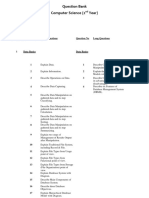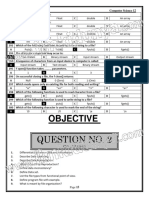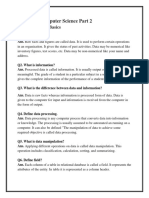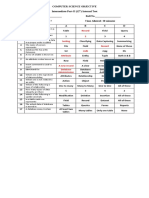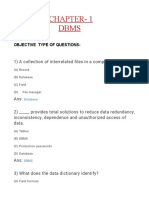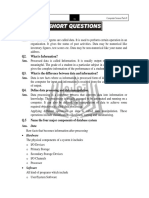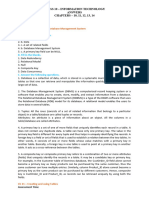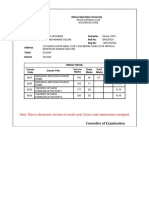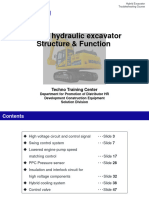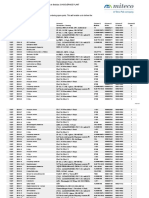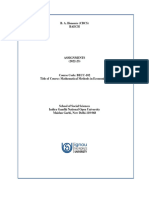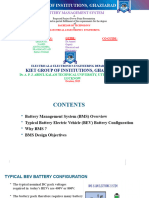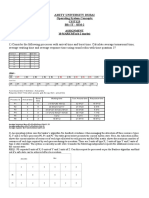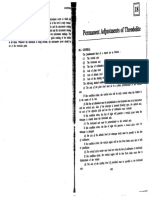0% found this document useful (0 votes)
55 views14 pagesClass 12 Computer Notes-1
The document outlines the curriculum for a 2nd-year Computer Science course, covering various chapters related to data basics, database concepts, and programming in C. Each chapter includes a series of short and long questions designed to assess understanding of key topics such as data processing, database design, data integrity, and the use of MS Access. The content is structured to facilitate learning through both theoretical and practical applications.
Uploaded by
Aamir ShahzadCopyright
© © All Rights Reserved
We take content rights seriously. If you suspect this is your content, claim it here.
Available Formats
Download as PDF, TXT or read online on Scribd
0% found this document useful (0 votes)
55 views14 pagesClass 12 Computer Notes-1
The document outlines the curriculum for a 2nd-year Computer Science course, covering various chapters related to data basics, database concepts, and programming in C. Each chapter includes a series of short and long questions designed to assess understanding of key topics such as data processing, database design, data integrity, and the use of MS Access. The content is structured to facilitate learning through both theoretical and practical applications.
Uploaded by
Aamir ShahzadCopyright
© © All Rights Reserved
We take content rights seriously. If you suspect this is your content, claim it here.
Available Formats
Download as PDF, TXT or read online on Scribd
/ 14





